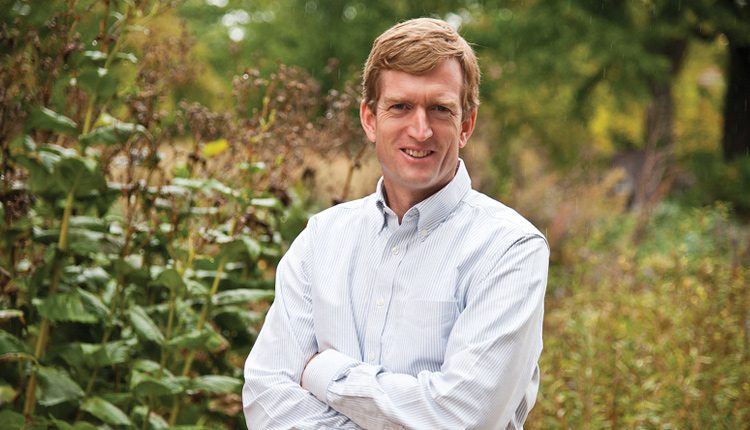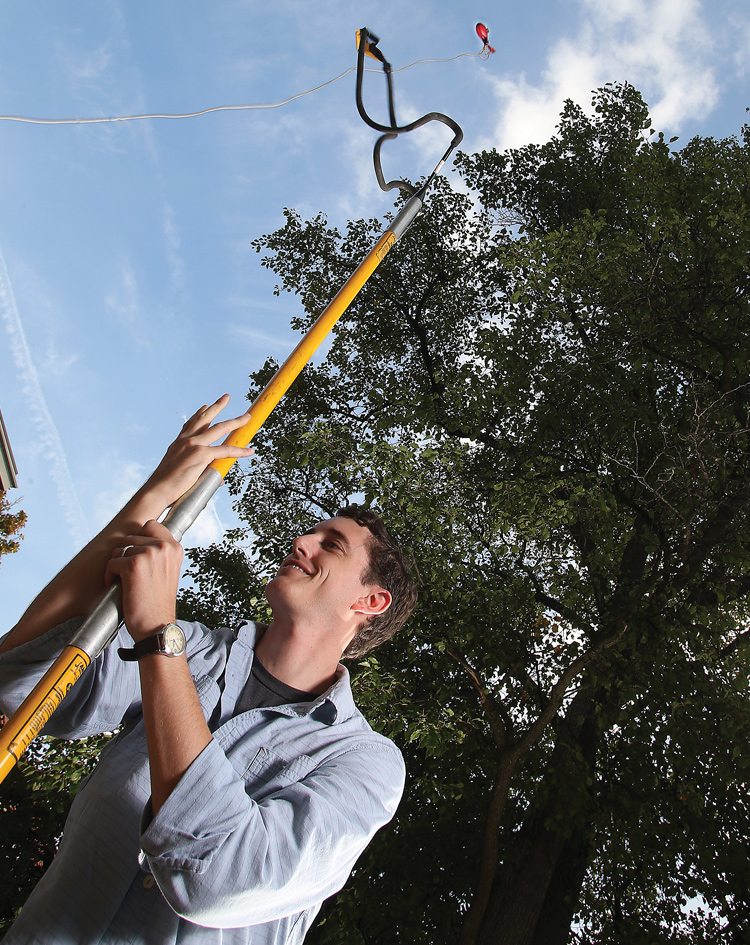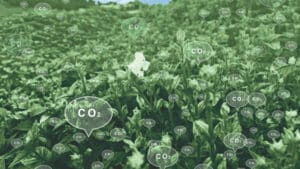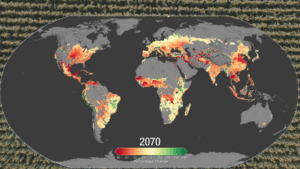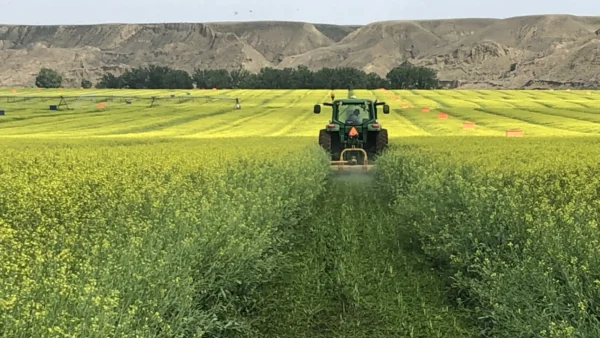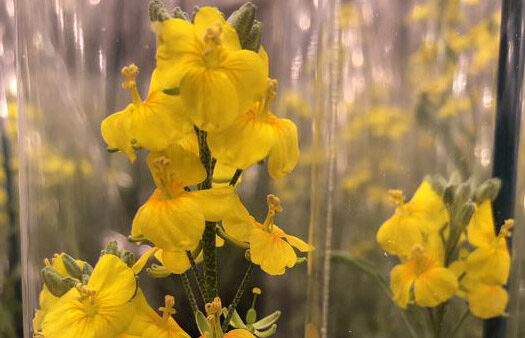Nicholas G. Smith1, Sergey L. Malyshev2, Elena Shevliakova2, Jens Kattge3,4 and Jeffrey S. Dukes1,5
Affiliations:
1 Department of Biological Sciences, Purdue University
2 Princeton University & Geophysical Fluid Dynamics Laboratory Cooperative Institute for Climate Studies
3 Max Planck Institute for Integrative Biogeochemistry
4 German Centre for Integrative Biodiversity Research Halle-Jena-Leipzig
5 Department of Forestry and Natural Resources, Purdue University
Including plants’ acclimation to changes in temperature could significantly improve the accuracy of climate models, a Purdue University study shows.
Plants are the largest drivers of carbon fluxes between land and the atmosphere, taking up and releasing carbon dioxide through the processes of photosynthesis and respiration. The rates at which these processes occur are sensitive to temperature and gradually adjust over time in response to long-term temperature shifts, a phenomenon known as acclimation.
Jeffrey Dukes, professor of forestry and natural resources and biological sciences, and a team of researchers found that adding formulas for acclimation into climate change models more closely aligns their simulations of carbon exchange with those observed in nature. The accuracy of model projections of carbon flux in tropical forests improved by 36 percent when acclimation was included.
“We want climate models to be as accurate as possible and represent the world in the way we know it to work,” Dukes says. “We found that incorporating acclimation into a model helped it represent the tropics much more accurately. This won’t dramatically reshape our big-picture understanding of climate change, but it gives us a better idea of how certain regions of the world will respond.”
“This doesn’t mean all our problems are solved. Incorporating acclimation could change the nature of global carbon projections a little but not dramatically.”
– Jeffrey Dukes
Because carbon dioxide traps heat in the atmosphere, it’s important to accurately capture plant carbon exchange rates, says Dukes, who is also director of the Purdue Climate Change Research Center housed in Discovery Park. Less carbon stored in plants and soil means more carbon is in the atmosphere, leading to a warmer planet.
The Earth System Models used to make climate projections simulates how the world’s climate works by combining multiple sub-models of the atmosphere, oceans, land and ice. These models include many equations that describe Earth processes too complex to represent exactly as they occur in nature. The equations for plant photosynthesis and respiration have been sources of uncertainty in the models because they represent plants’ short-term responses to temperature changes but do not adjust these responses during longer-term temperature shifts.
Omitting acclimation could cause projections of how much carbon land takes up to be inaccurate, says Nicholas Smith, a doctoral student in biology and the study’s first author.
“It’s not just humans that will have to adjust to a changing climate,” he says. “A big question in plant science is how well plant species will be able to adjust. Plants are the only things that can take up carbon dioxide on land, so it’s important to understand whether they can acclimate to warmer temperatures in the future.”
Plants use atmospheric carbon dioxide, sunlight and water to make their own food via photosynthesis. In respiration, plants convert the sugars they have made into energy, much the same way our metabolism does when we breathe. Carbon dioxide is a byproduct of this process. The total amount of carbon plants can store is the difference between the amount of the carbon they have used in photosynthesis and the carbon they respire back into the atmosphere.
Dukes, Smith and the team added formulas describing these dynamic processes in plants to a land model and ran simulations of carbon exchange from 15 temperate and tropical forest sites across the globe. They then compared the model’s carbon exchange simulations with historically observed rates for those sites to see how well the data matched.
Photo: Tom Campbell, Purdue Agricultural Communication.
For temperate forests, the model that included acclimation was not significantly more accurate than a model that did not. But for tropical forests, the model was 36 percent more accurate when acclimation was incorporated.
In projections of future global carbon exchange, the researchers found including acclimation in the model predicted an increase in land carbon assimilation and storage. Carbon stored in plants at the end of the century was 6.5 percent higher than in the simulation that did not include acclimation.
The researchers cautioned this increase is somewhat dwarfed by projections of future carbon dioxide increase and will affect regions differently.
“This doesn’t mean all our problems are solved,” Dukes says. “Incorporating acclimation could change the nature of global carbon projections a little but not dramatically. Climate models will never be perfect, but they have hugely improved over the past 20 years, and they continue to get better. We’re confident in the general direction of current projections and their approximate magnitude.”
Dukes says that other important processes, such as the Earth’s nutrient cycles, have yet to be included in many climate models, and several of these will likely decrease carbon uptake when they are incorporated.
The next step is further refining acclimation equations as the process affects plants in a species-specific way, Smith says.
“Including the acclimation formulas in the models is significantly better than not,” he says. “If we don’t include the acclimation process in climate models, our projections of carbon uptake on land are not going to be as accurate. Adding these formulas is not a huge change in model complexity, but they can have a great effect on the accuracy of projections.”
Background
Biology doctoral student Nicholas Smith, shown collecting leaf samples via slingshot, found that including plants’ acclimation to temperature improves climate change models.
Photo: Tom Campbell, Purdue Agricultural Communication.


